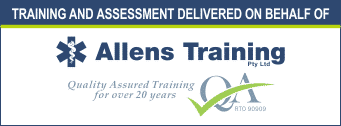Ever come across terms like “blockchain,” “quantum computing,” or “SEO” and felt a bit lost? We hear these buzzwords all the time, but understanding what they mean can be a different story. The same goes for terms you’ll hear in first aid training like CPR, AED, and the recovery position. These words can sound just as confusing if you’re not familiar with them. At My First Aid Course Brisbane, we want to demystify these essential concepts so you can be prepared for any situation. Here are the definitions of some first aid terms you might have heard:
First Aid
First aid is the immediate assistance provided to any person suffering from either a minor or serious illness or injury. The primary aims of first aid are to preserve life, prevent the condition from worsening, and promote recovery. This can involve a range of actions from simple procedures like applying a bandage to more critical interventions like performing CPR.
First aid can be administered by anyone with basic training and knowledge, making it an invaluable skill for everyday life. It covers a wide spectrum of responses, including treating cuts and bruises, managing fractures, handling burns, and responding to cardiac emergencies. By providing prompt and appropriate care, first aid helps to stabilize the injured or ill person until professional medical help arrives. Knowing first aid means you can step in during those crucial first moments after an incident, making a significant difference in the outcome.
CPR (Cardiopulmonary Resuscitation)
CPR is a life-saving technique used when someone’s heart stops beating or they stop breathing. For instance, if you’re at a family reunion and someone collapses without warning, performing CPR can keep oxygenated blood flowing to their brain and vital organs until emergency services arrive. It involves chest compressions and rescue breaths – simple steps that can save a life.

AED (Automated External Defibrillator)
An AED is a device you might have seen in places like airports, gyms, or shopping centers. It checks the heart’s rhythm and can deliver a shock to restart it if needed. Picture yourself at the mall when someone suddenly collapses due to cardiac arrest. Knowing how to use an AED can dramatically increase their chances of survival. It’s like having a high-tech ally in an emergency.

Recovery Position
The recovery position is how you should place someone who is unconscious but still breathing. Say your friend has had a bit too much to drink and passes out at a party. By placing them in the recovery position – on their side with their arm and leg positioned to keep them stable – you ensure they don’t choke if they vomit and help keep their airway clear.

Understanding these first aid terms isn’t just about definitions – it’s about being ready to act. These simple skills can transform you into a first responder in everyday situations. Remember, you don’t need to be a doctor to make a difference. A first aid course can give you the confidence and knowledge to help others in need.
Ready to learn more? Consider enrolling in a first aid course. Being prepared can make all the difference. Read more about first aid training.






